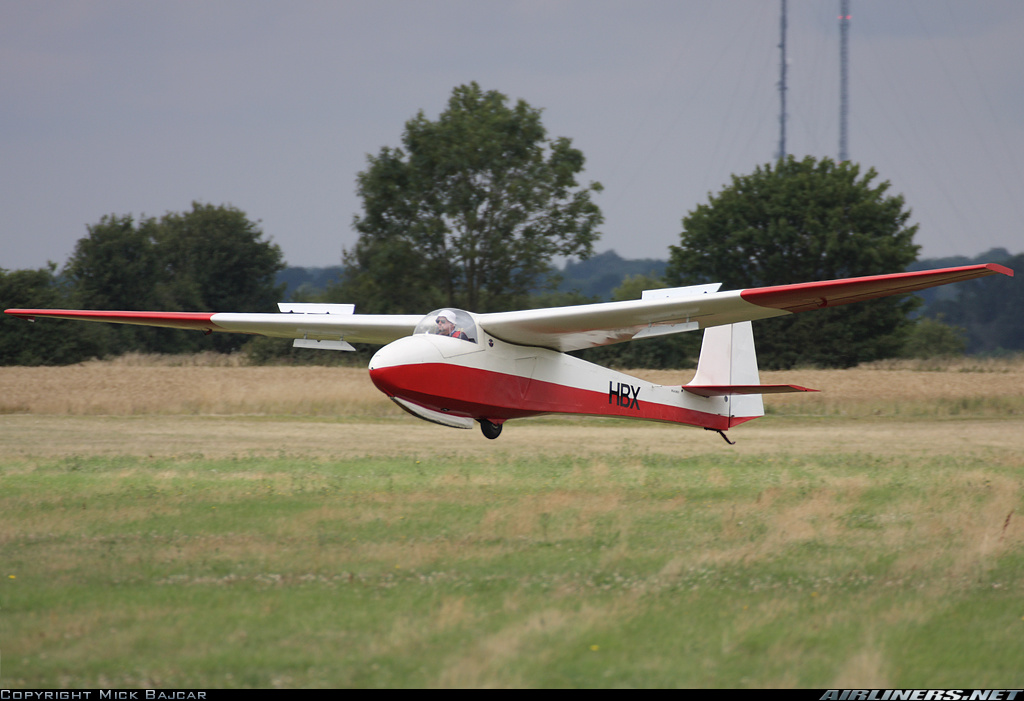I was watching James May's Toy Stories, particularly the one where they try to fly a glider across the English Channel. In the middle of the episode they mention a glider that was used for training in the RAF during the 1950s. It was called the Slingsby Swallow, and it looks like this:

When I saw those pieces of metal coming out of the wings I was...surprised. At first I thought they were split flaps but then I found another picture and became even more confused:

The devices are clearly coming out of the top and bottom of the wing, not the trailing edge.
Does anyone know what these are and what they are used for on the Slingsby Swallow (or any other aircraft the employs a similar device)? My only guess is that they are some sort of spoiler that may reduce lift to help get the glider on the ground...but I'm uncertain.

